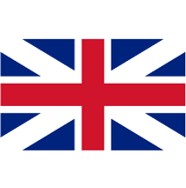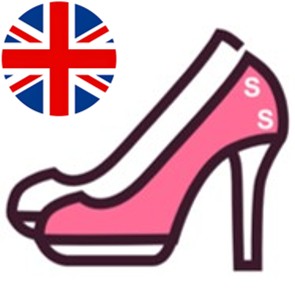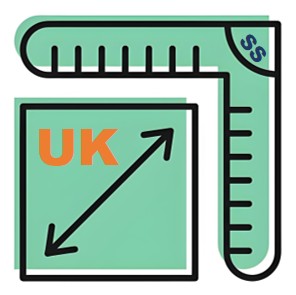British Standard Size
UK Flag Size

UK Clothing Size

UK Shoe Size

UK Paper Size

UK Tire Size

About British Standard
The following are the main national standards, major organizations, and their operating methods in the UK.
1. The National Standards Body (NSB): BSI Group.
A: Developing and publishing British Standards (BS).
B: Representing UK interests in international (ISO, IEC) and European (CEN, CENELEC) standards organizations.
C: Providing certification and training services.
British Standards (BS) are the UK's formal national standards. While many are voluntary, they are often referenced in government regulations and contracts, making them de facto mandatory.
2. The UK Regulatory and Legal Framework: UKCA & UKNI.
UKCA Marking (UK Conformity Assessed): This is the new UK product marking required for most goods that previously required the CE mark. It demonstrates conformity with UK legislation, known as ‘designated standards’.
UKNI Marking (UK Northern Ireland): Used for products placed on the market in Northern Ireland under the Northern Ireland Protocol. It is used alongside the CE mark.
3. Key Standard-Developing and Technical Organizations.
A: IET (Institution of Engineering and Technology).
A professional engineering institution that co-publishes BS 7671 (Wiring Regulations) with BSI. It is a world-leading authority in its field.
B: CIEH (Chartered Institute of Environmental Health).
Provides guidance and professional standards for environmental health, including food safety.
C: HSE (Health and Safety Executive).
The UK government agency responsible for regulating and enforcing workplace health, safety, and welfare. It publishes Approved Codes of Practice (ACOPs), which have a special legal status. While not standards themselves, they provide practical guidance on how to comply with the law (e.g., The Health and Safety at Work Act 1974).
4. The Role of International and European Standards.
A: EN Standards (European Norms).
When a standard is adopted by CEN or CENELEC, all member countries (including the UK, through BSI) are obligated to adopt it as a national standard and withdraw any conflicting ones. These are prefixed with BS EN (e.g., BS EN ISO 9001).
B: ISO/IEC Standards (International).
These are globally developed standards adopted nationally. They are prefixed with BS ISO or BS IEC.
5. The UK's National Measurement System: NPL.
In essence, the UK system is a blend of:
① Voluntary Standards (BS): Developed by BSI, often adopting international (ISO) or European (EN) norms;
② Legal Regulations: Set by the UK government and devolved administrations;
③ Mandatory Marks (UKCA): Showing conformity to UK law, often achieved by complying with the voluntary standards.
This structure ensures safety, quality, and interoperability while facilitating both domestic trade and international commerce.